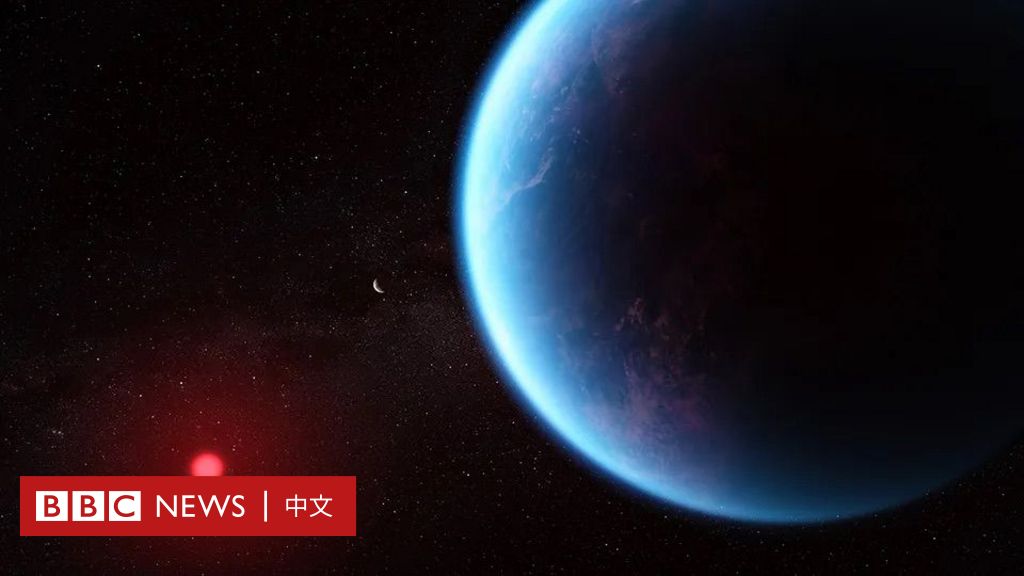New Hope: Life on K2-18b? A Deep Dive into the Exoplanet's Potential
The discovery of exoplanets, planets orbiting stars other than our Sun, has captivated scientists and the public alike. Among these distant worlds, K2-18b has emerged as a prime candidate for harboring life, sparking renewed hope in our search for extraterrestrial existence. This article delves into the latest findings and explores the exciting possibilities surrounding this intriguing exoplanet.
K2-18b: A Potentially Habitable World?
K2-18b, located approximately 124 light-years away in the constellation Leo, orbits a red dwarf star called K2-18. What makes it so compelling is its location within the habitable zone, also known as the Goldilocks zone – the region around a star where the temperature is just right for liquid water to exist on a planet's surface. The presence of liquid water is considered a crucial prerequisite for life as we know it.
Key Characteristics of K2-18b:
- Size and Mass: K2-18b is a super-Earth, meaning it's larger and more massive than Earth but smaller than Neptune. Its size suggests it could potentially have a rocky surface.
- Atmosphere: Crucially, observations have detected the presence of water vapor in K2-18b's atmosphere. While not definitive proof of liquid water on the surface, it's a highly significant discovery.
- Orbit and Star: K2-18b orbits its red dwarf star at a closer distance than Earth orbits the Sun. However, red dwarf stars are much cooler and dimmer than our Sun, making the planet's position within the habitable zone possible.
- Tidal Locking: K2-18b is likely tidally locked, meaning one side perpetually faces its star (resulting in extreme temperature differences between the two hemispheres). This poses a challenge to habitability but doesn't necessarily rule it out.
Challenges and Future Research
Despite the promising aspects of K2-18b, several challenges remain before we can definitively claim it's habitable:
- Atmospheric Composition: While water vapor has been detected, a more detailed analysis of the atmospheric composition is needed. The presence of other gases, such as methane or oxygen, would provide stronger evidence for life.
- Surface Conditions: We currently lack the technology to directly observe the surface of K2-18b. Future advancements in telescope technology, such as the Extremely Large Telescope (ELT), could potentially reveal more about its surface features.
- Red Dwarf Star Flares: Red dwarf stars are known for their frequent and powerful stellar flares, which could strip away a planet's atmosphere and make it inhospitable to life.
The James Webb Space Telescope (JWST): A Game Changer?
The JWST, with its advanced infrared capabilities, is expected to play a crucial role in furthering our understanding of K2-18b. Its observations could provide much more detailed information about the planet's atmosphere, potentially revealing the presence of biosignatures – indicators of life.
The Search Continues: Why K2-18b Matters
The potential for life on K2-18b underscores the importance of continued exploration of exoplanets. Even if K2-18b itself doesn't prove habitable, the research and technologies developed in studying it will contribute significantly to our understanding of planetary formation, atmospheric dynamics, and the possibility of life beyond Earth. This research drives innovation and inspires future generations to pursue careers in science and space exploration.
Further Reading: For more in-depth information on exoplanet research, visit the websites of NASA's Exoplanet Exploration Program and the European Space Agency.
Call to Action: Stay tuned for further updates as new data emerges from the JWST and other upcoming missions! The search for life beyond Earth is an ongoing journey, and every discovery brings us closer to answering one of humanity's most fundamental questions.
